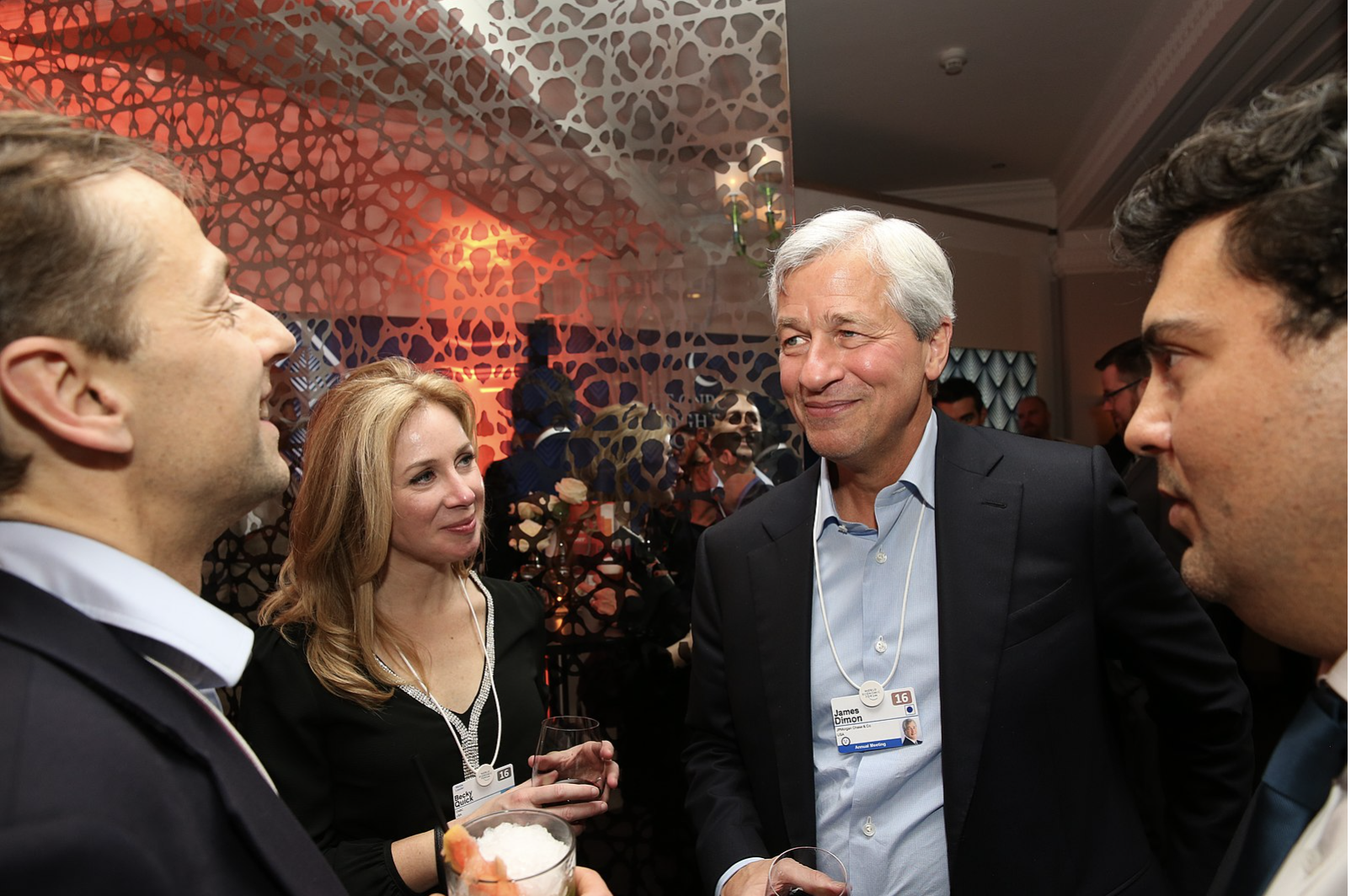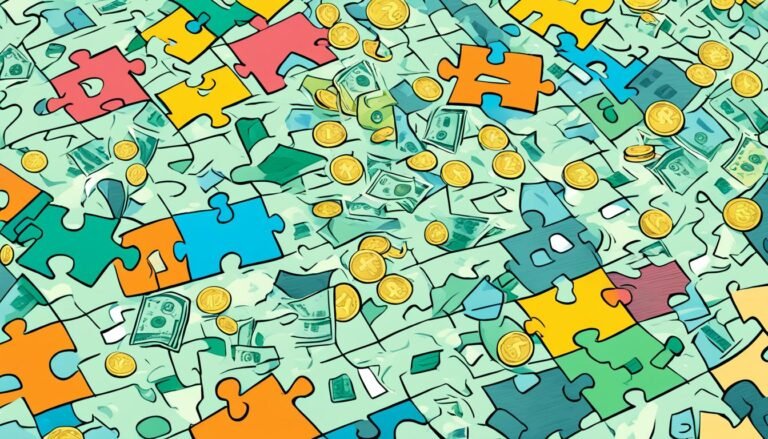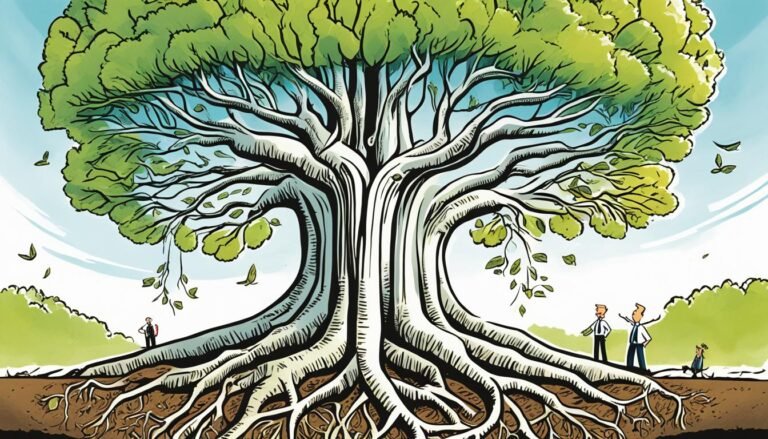Jamie Dimon: A Story of Resilience, Leadership, and Success
Jamie Dimon, the Chairman and CEO of JPMorgan Chase, is one of the most successful and influential figures in the world of finance. His journey from a humble beginning to the top of one of the largest financial institutions in the world is filled with lessons in perseverance, leadership, and vision. Dimon’s story serves as an inspiration to young people who aspire to make an impact, no matter their background or circumstances.
Early Life and Education
Born in New York City on March 13, 1956, Jamie Dimon grew up in a family with Greek roots. His father and grandfather were both stockbrokers, instilling in him an early understanding of finance. However, Dimon’s success was not simply inherited—it was earned through hard work and determination.
Dimon attended the prestigious Browning School in Manhattan and later went on to study psychology and economics at Tufts University. After his undergraduate studies, he continued to sharpen his financial acumen by earning an MBA from Harvard Business School in 1982. At Harvard, Dimon wrote a thesis on mergers and acquisitions, a subject that would later define much of his professional career.
Climbing the Corporate Ladder
After graduating from Harvard, Dimon’s career took off when he joined American Express as an assistant to Sandy Weill, a family friend and influential financier. Dimon’s mentorship under Weill was a critical step in his career. He learned invaluable lessons in leadership and financial strategy, working his way up through various roles.
In 1986, Dimon followed Weill to Commercial Credit, a financial services company where he helped turn around the business. The two continued to work together at various firms, eventually leading to the formation of Citigroup, one of the world’s largest financial institutions. However, Dimon’s relationship with Weill came to an end in 1998 when Weill fired him over a disagreement about leadership.
A Turning Point
The split with Weill could have marked a devastating setback in Dimon’s career, but he used it as an opportunity for personal and professional growth. Shortly afterward, he was hired as CEO of Bank One in 2000. At the time, Bank One was struggling, but Dimon’s leadership turned the company around, leading to its acquisition by JPMorgan Chase in 2004.
This was a pivotal moment in Dimon’s career. After the merger, he became the President and COO of JPMorgan Chase, and in 2006, he was named CEO. Dimon’s ability to navigate Bank One through its challenges had prepared him to lead JPMorgan Chase during one of the most turbulent times in financial history: the 2008 financial crisis.

Leadership Through Crisis
Dimon’s leadership during the 2008 financial crisis solidified his reputation as one of the most competent and steady-handed leaders in the financial industry. While many banks were failing or being bailed out, JPMorgan Chase emerged from the crisis relatively unscathed, largely due to Dimon’s careful management and focus on risk controls.
His ability to guide the bank through the crisis and strengthen it afterward made him a symbol of resilience in the financial world. Dimon’s emphasis on long-term strategy, ethical business practices, and his commitment to shareholders and employees alike became his hallmark.
The Power of Vision and Hard Work
One of the key lessons from Dimon’s career is the importance of vision. Despite facing challenges such as his departure from Citigroup and the 2008 financial crisis, Dimon always kept his focus on the bigger picture. His ability to stay calm under pressure and make decisions based on long-term value, rather than short-term gain, set him apart as a leader.
Hard work is another crucial element of Dimon’s success. From his early days at American Express to his role as CEO of JPMorgan Chase, Dimon consistently demonstrated an unmatched work ethic. He was known for his hands-on approach, deep understanding of the business, and commitment to excellence.
Giving Back
Jamie Dimon’s success is not just measured by his financial achievements. He has also been a proponent of philanthropy and corporate social responsibility. Under his leadership, JPMorgan Chase has made significant contributions to education, housing, and economic development initiatives around the world. Dimon himself has been vocal about the need for large corporations to play a role in addressing social issues such as income inequality and healthcare.
Lessons for Young People
Jamie Dimon’s journey offers several important lessons for young people:
- Resilience is key: Dimon’s career was marked by setbacks, including his public ousting from Citigroup. However, each challenge only made him stronger. Instead of viewing failure as the end, he saw it as an opportunity to learn and grow.
- Leadership is earned through action: Dimon didn’t just inherit his leadership position—he earned it by consistently delivering results, making tough decisions, and demonstrating integrity.
- Stay focused on long-term goals: In a world that often prioritizes short-term success, Dimon’s emphasis on long-term value creation stands out. His decisions during the 2008 financial crisis were driven by a commitment to safeguarding the future of JPMorgan Chase, rather than reacting impulsively to immediate pressures.
- Hard work pays off: Throughout his career, Dimon has been known for his strong work ethic and deep involvement in the operations of the businesses he has led. His success is a reminder that there is no substitute for hard work and dedication.
- Give back: Despite his immense success, Dimon understands the importance of giving back to society. Whether through corporate responsibility initiatives or personal philanthropy, he uses his influence to make a positive impact on the world.
Conclusion
Jamie Dimon’s rise to the top of the financial world is a testament to the power of resilience, vision, and hard work. For young people, his story is a powerful reminder that success doesn’t come without challenges, but with determination and a commitment to doing what is right, anything is possible. As Dimon continues to lead one of the world’s most influential financial institutions, his story remains an inspiration for future generations.







